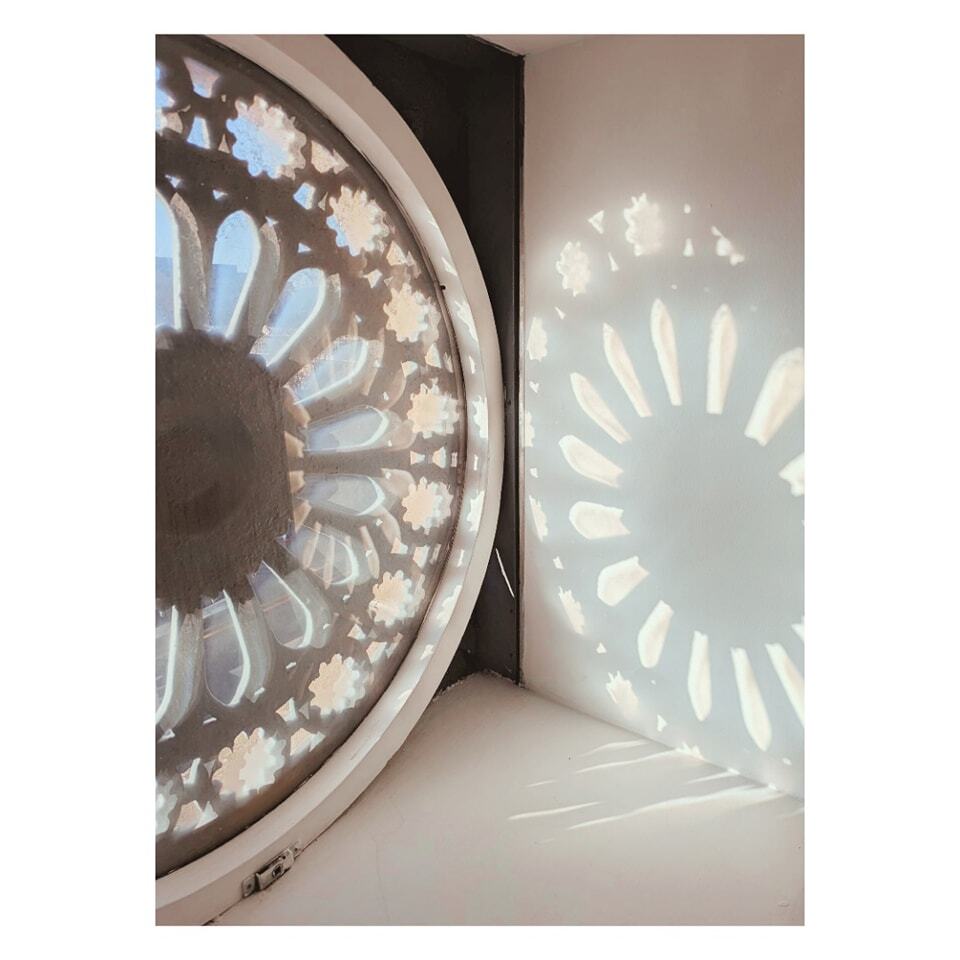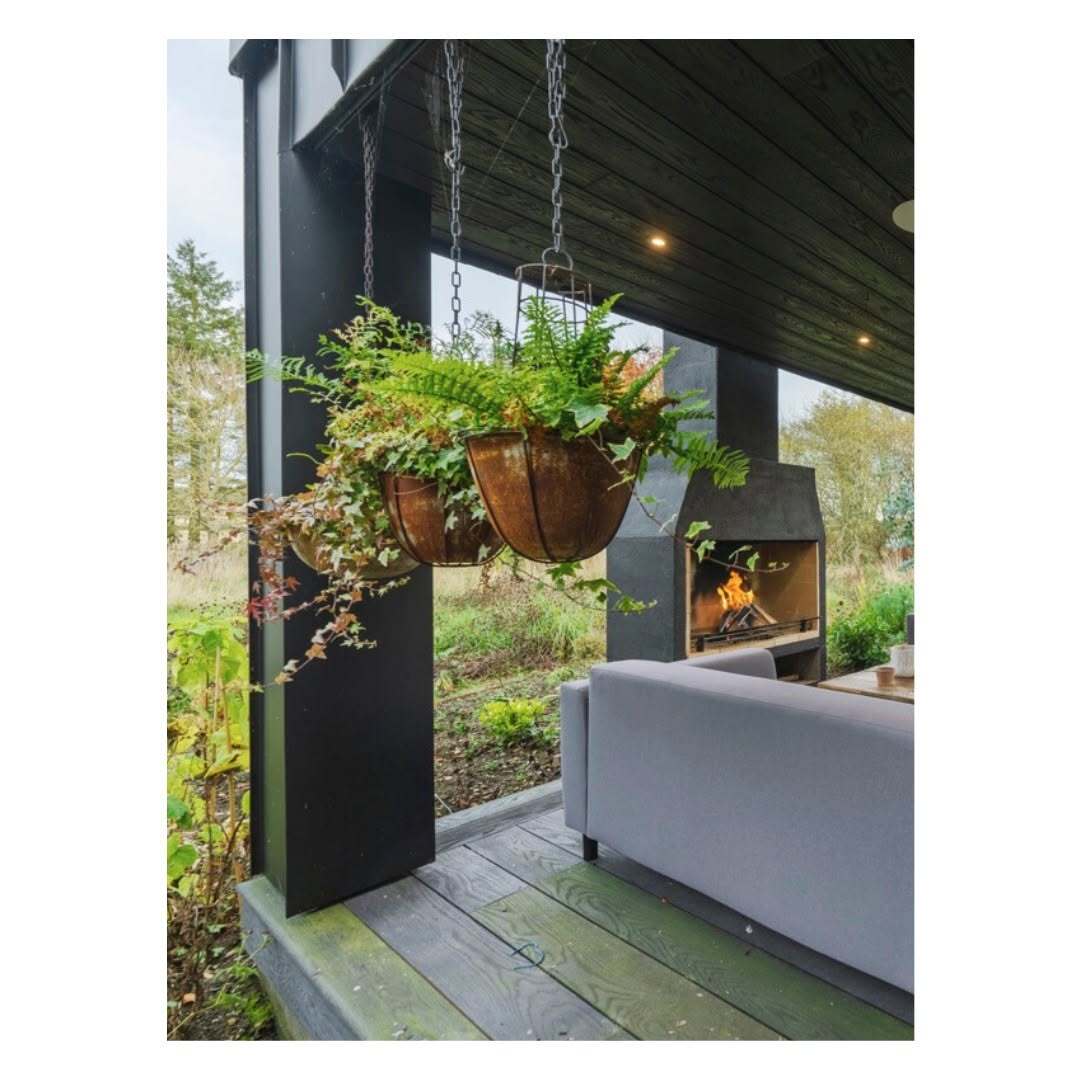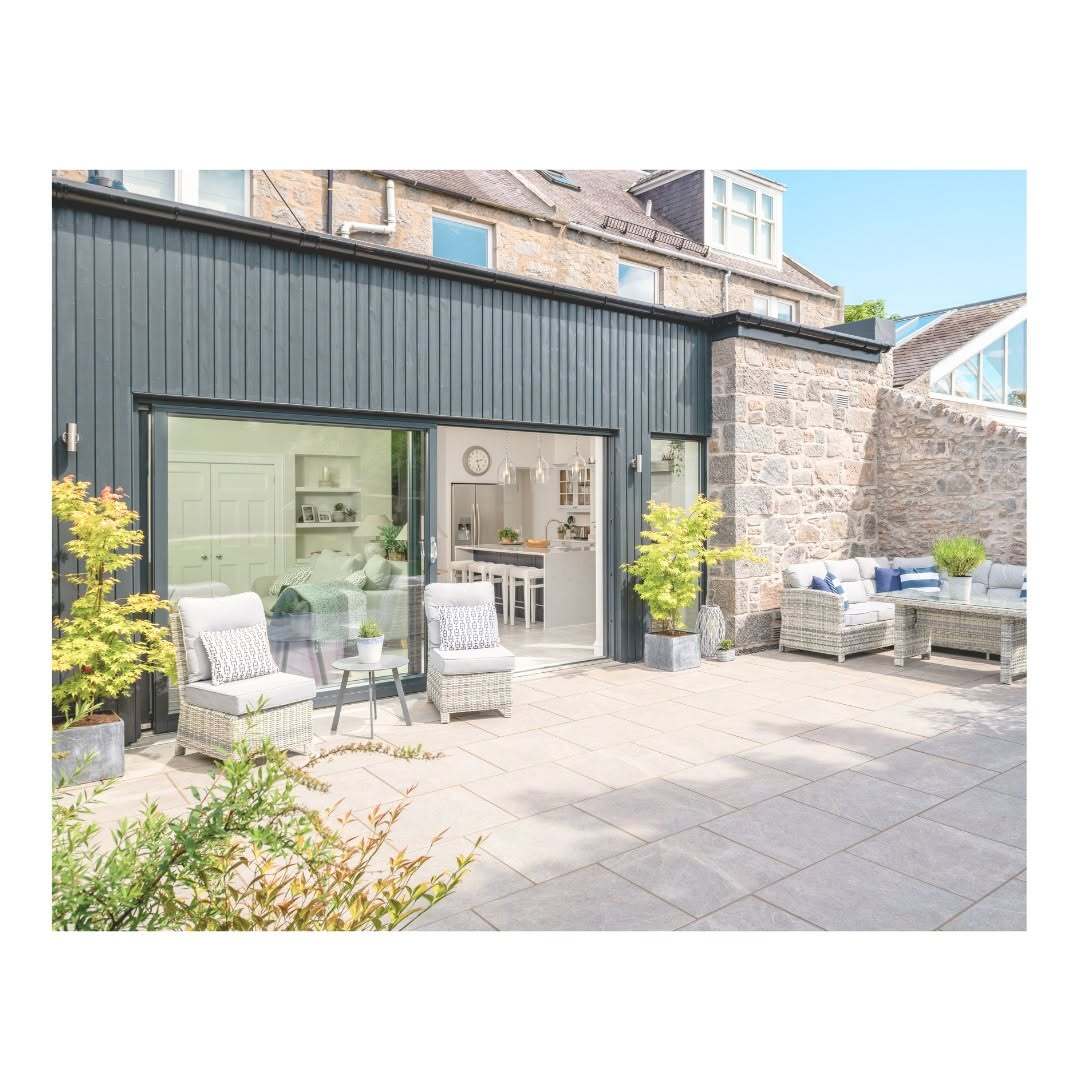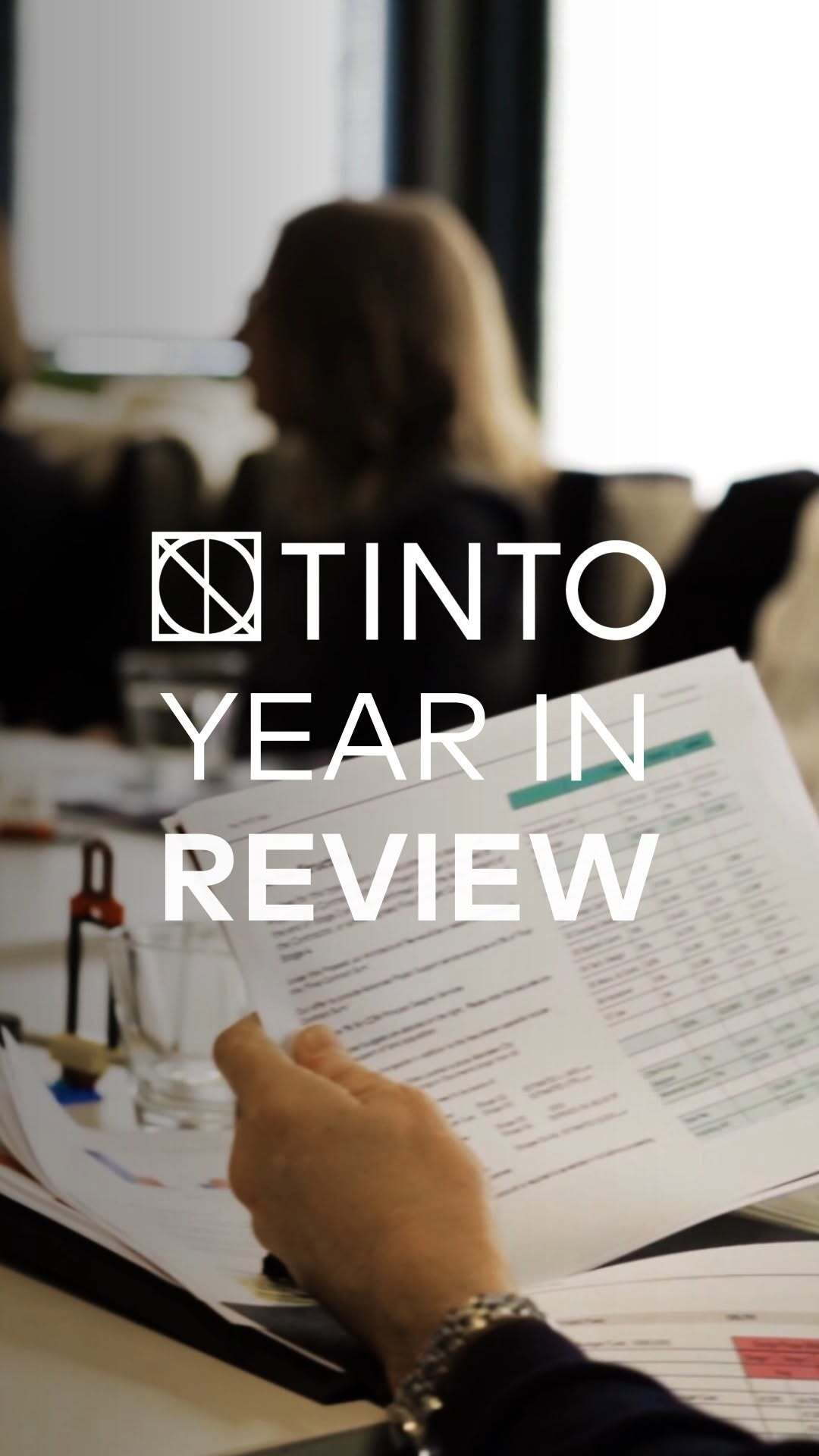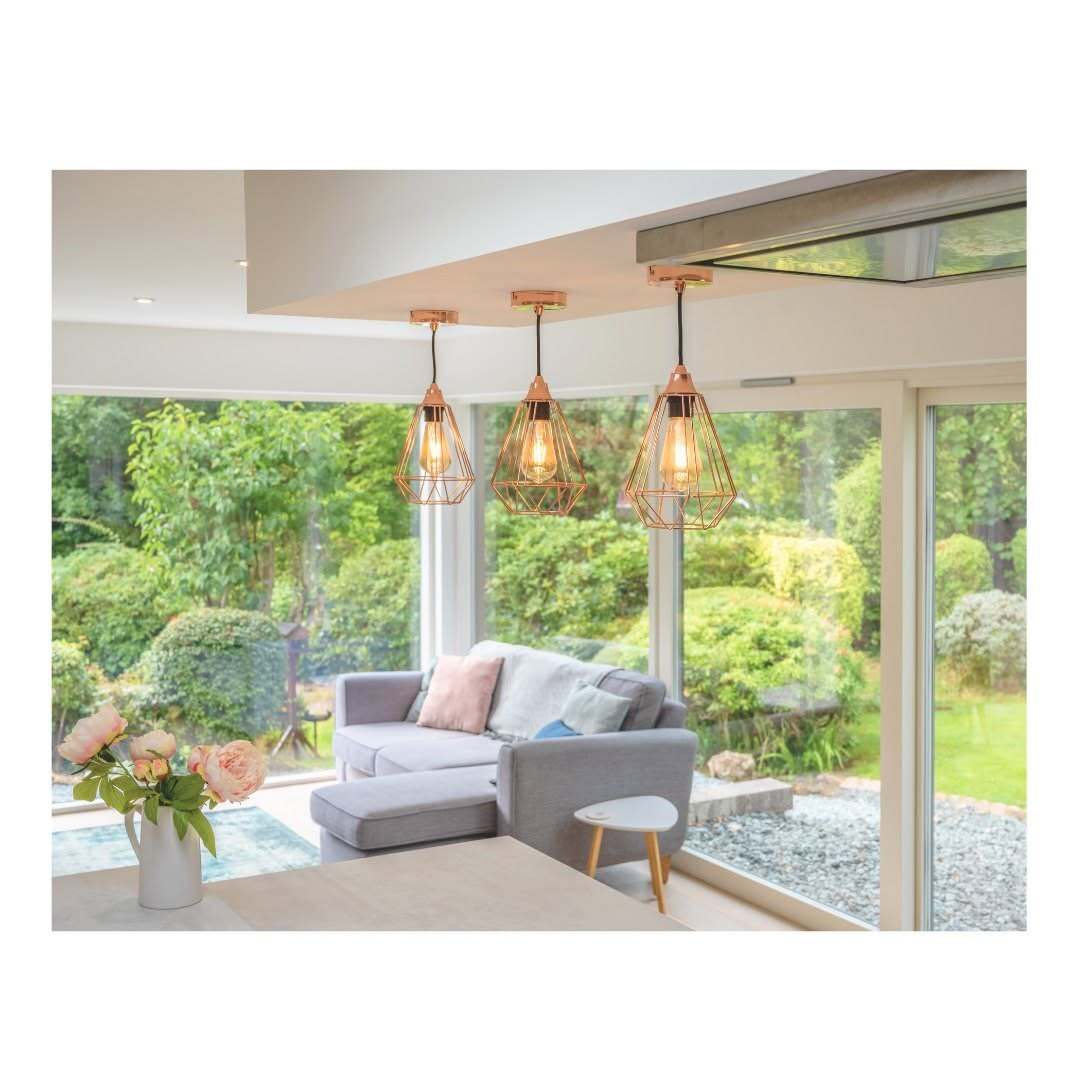7 tips for designing an effective office space
Here at Tinto Architecture, we’ve designed a huge variety of office spaces. And although our commercial projects have all looked so different, there are common considerations to make when it comes to successfully designing any office space.
Below we have each shared our top tip when it comes to designing the most effective offices, to give you some inspiration on how you can maximise your space, and get the most value from your office.
“You want to always be able to plan for company expansion - leave room for more desks, storage, and break out spaces than what you currently have so you can plan for the company’s future.”
- Mark Hadfield, Architect
“It’s important to think about the different areas of the space. Consider how they will be used and how they will keep staff and clients who are coming into the office feeling engaged and motivated.”
- Nina Cradock, Interior Architectural Designer
“Provide a space for quiet, individual work as well as a communal space for staff to socialise at break times. Open plan offices can get noisy at times - it’s good to know that there is a space for you to do some quiet work alone, whether that is in a small meeting room or a pod within the office space. There’s also nothing better than moving away from your workstation to a comfortable and relaxed space, giving your eyes a break, and enjoying your lunch with your work friends.”
- Martyna Kulesza, Architectural Technologist
“Grab a cup of coffee with the customers of the business for the space you are designing. Ask them what the business means to them as a customer and give their feedback to your client on how they are perceived. That perception and meaning held by the customer can be embedded into any project.”
- Richard Tinto, Managing Director
“Two important considerations when it comes to good office design is allowing for room to grow and having good lighting; both artificial, through lighting fixtures, and a good source of natural light to keep the office bright enough.”
- Phil Weekes, Architectural Technologist
“I would probably say the most important thing to remember when designing an office is the team who will be using the finished space. Focus on the people and make sure that the space works for them and their day to day tasks.”
- Lisa McGirr, Interior Designer
"Wellbeing and its impact on workplace productivity is becoming more of a focal point for modern businesses. Features that promote good physical and mental health can have a huge impact on happiness in the workplace and retention of staff. So things such as good natural daylighting, a variety of spaces to enable quiet focussed work or social interaction, the introduction of plants and facilities such as showers or cycle storage have not only been proven to improve output, but can also make workplaces a desirable destination for future talent that a business wants to attract."
- Steven Kemp, Chartered Architectural Technologist
